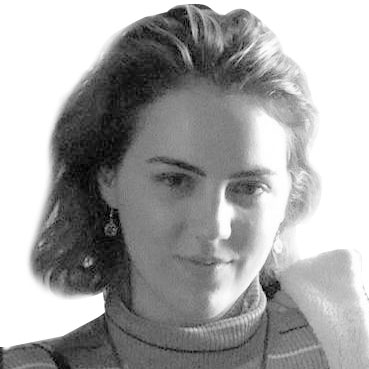A Colorado man who lit himself on fire outside the Supreme Court on Friday was a climate activist staging an apparent protest of political inaction on global warming, according to a friend.
Wynn Alan Bruce, 50, self-immolated on the court’s plaza around 6:30 p.m. on Friday, police said. He was airlifted to a hospital, where he died of his injuries the next day. A photographer and devout Buddhist from Boulder, Bruce appeared to have been planning the act for some time, Dr. Kritee Kanko said Sunday on Twitter.
“This act is not suicide,” wrote Kanko, a climate scientist and Zen Buddhist priest. “This is a deeply fearless act of compassion to bring attention to climate crisis.”
Members of his family and multiple people who identified themselves as his friends online, including Dr. Kanko, could not immediately be reached for comment by The Daily Beast. In an interview with The New York Times, Kanko clarified that she could not be sure of Bruce’s intentions and added that though “people are being driven to extreme amounts of climate grief and despair,” she didn’t want young people “to start thinking about self-immolation.”
Although it does not appear as though Bruce left behind a note or manifesto, a Facebook account identified as his by Kanko to the Times was saturated with concern about climate matters. In between sharing links to news articles and praising activists like Greta Thunberg, Bruce seemed to allude to his plan only once, in a comment underneath a 2020 post on the science behind global warming. The comment, originally reading “4-1-1,” was written in April 2021. Last October, Bruce edited it to add a fire emoji. On April 2, as Earth Day loomed, he updated the comment once again to list a date: “4/22/2022.”
In addition, Bruce posted a photo in January to commemorate Thich Nhat Hanh, an antiwar activist and Vietnamese monk who had died that month. Hanh was well-known for a 1965 letter he wrote to Dr. Martin Luther King Jr. on the legacy of Vietnamese monks who self-immolated in protest of the war then raging in their country. In the letter, which Kanko shared in another Twitter post Sunday, Hanh wrote that “to burn oneself by fire is to prove that what one is saying is of the utmost importance,” praising the act as courageous and sincere.
Acts of self-immolation in the U.S. are rare but not totally unheard of, even in the context of climate change protest. In 2018, environmental advocate and civil rights lawyer David Buckel set himself on fire in Brooklyn. In a statement he emailed to multiple news outlets the morning of his death, Buckel explained that his “early death by fossil fuel reflects what we are doing to ourselves.” Other self-immolators include Arnav Gupta, an artist who fatally burned himself in 2019, and Mohamed Alanssi, an FBI informant who survived setting himself on fire in protest of his treatment by the agency in 2004. Both men self-immolated outside the White House.
In certain countries outside the U.S., self-immolation has claimed the lives of dozens of political protesters. In the last 13 years, nearly 160 Tibetan Buddhists have set themselves on fire in opposition to the Chinese government’s violent suppression of their country and national identity.
Bruce belonged to Shambhala, a Boulder-born Buddhist organization. He was also a regular presence at virtual sanghas, online gatherings of Buddhists to reflect and meditate, according to other members.
Last December, Bruce posted a quote attributed to Carl Sagan to his Facebook. “Don’t sit this one out,” it read. “Do something. You are - by accident of fate - alive at an absolutely critical moment in the history of (y)our planet.”
If you or a loved one are struggling with suicidal thoughts, please reach out to the National Suicide Prevention Lifeline at 1-800-273-TALK (8255), or contact the Crisis Text Line by texting TALK to 741741.






